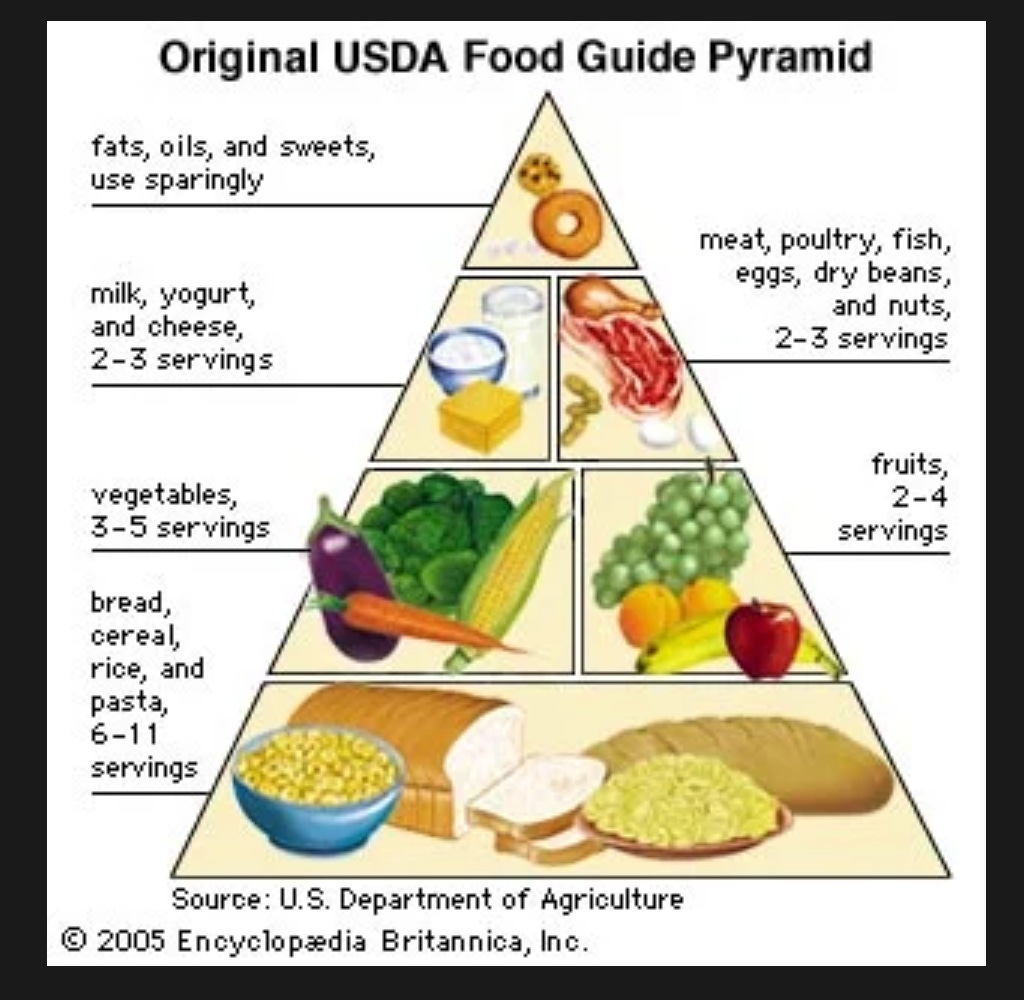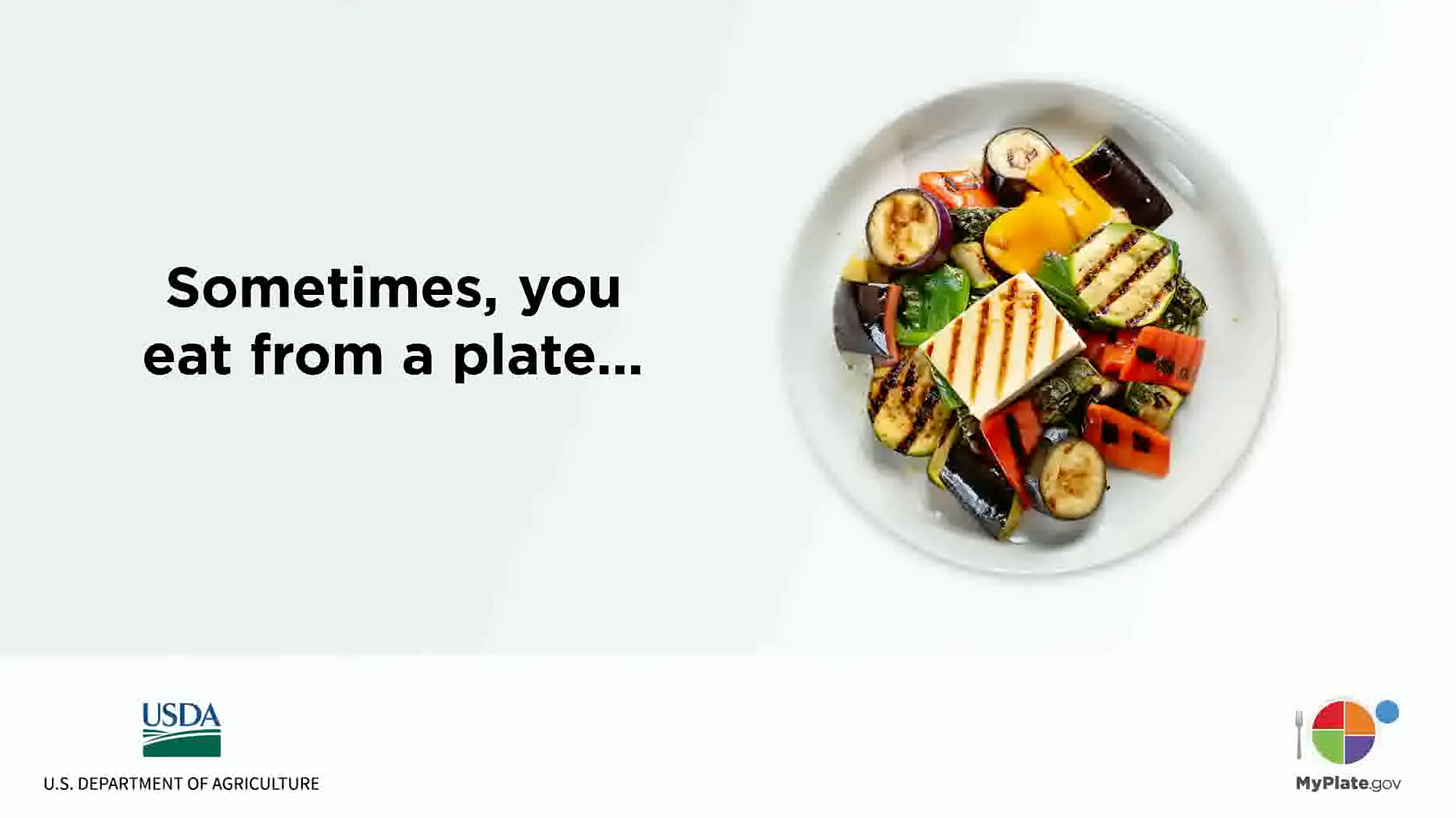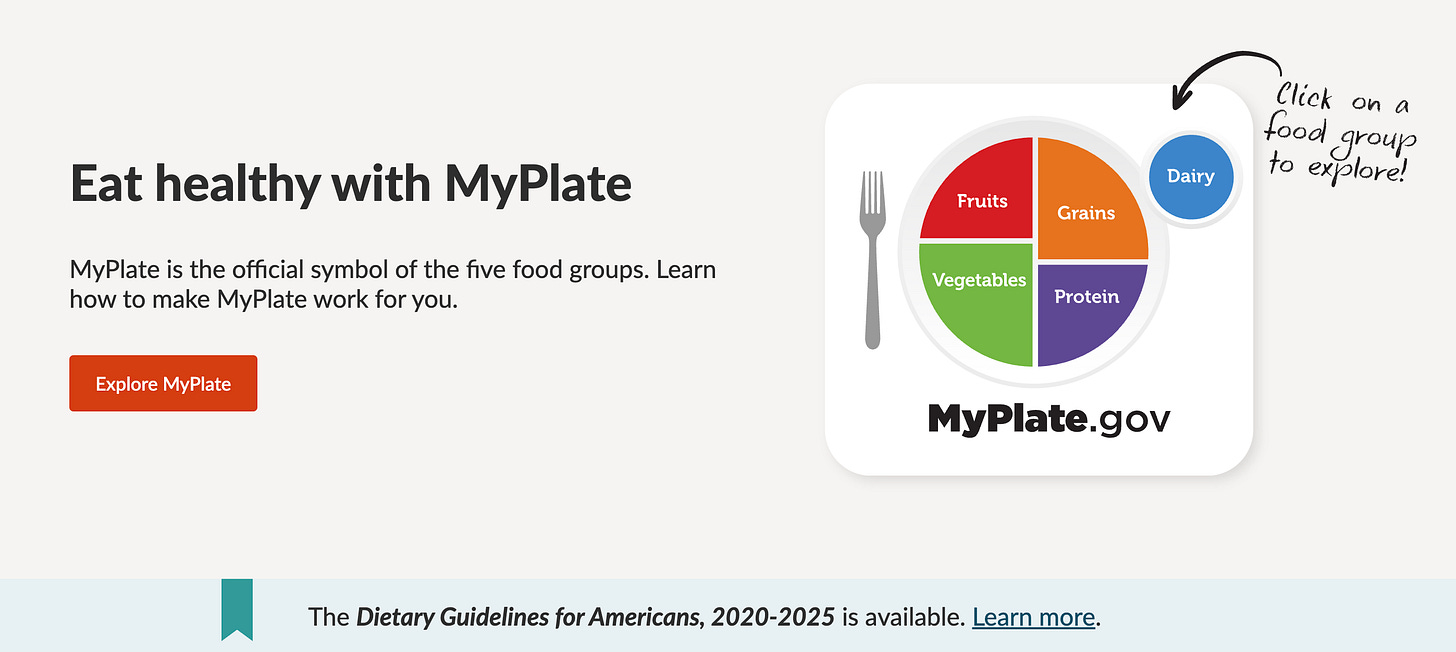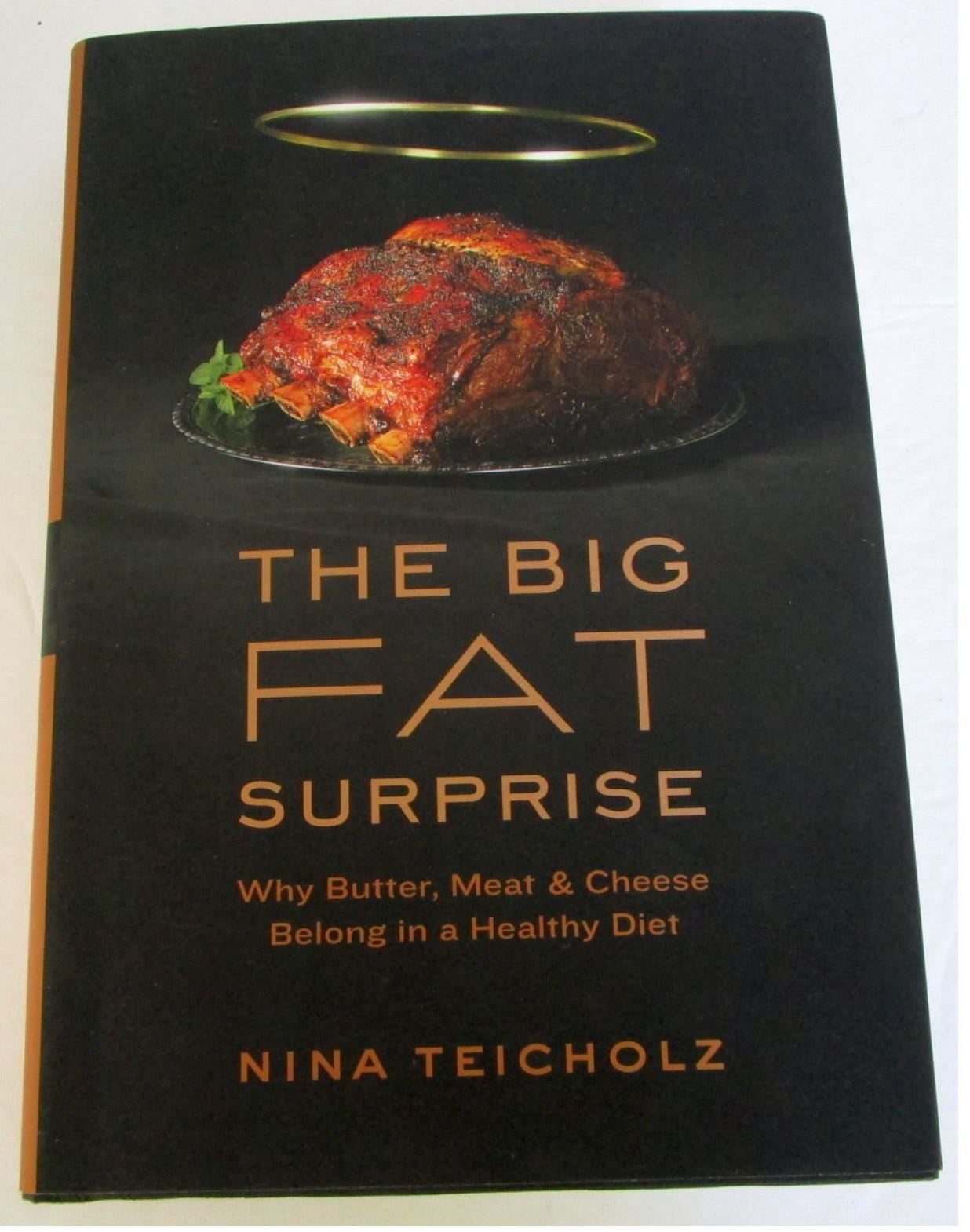By Jennifer Galardi, Contributing Writer, The Kennedy Beacon
According to a joint statement from the USDA and FDA, the 2025-2030 Dietary Guidelines for Americans (DGA) originally formulated by the Biden administration late last year will be getting a makeover under President Trump’s new MAHA Commission.
While that makeover isn’t expected until year’s end, the basic contours of the new guidelines are starting to take shape thanks to input from both within and outside of the government.
In their announcement, the two government agencies wrote that they will be conducting a “line-by-line” review of the current guidelines, which are used to formulate what used to be known as the Food Pyramid, a representation of the recommended number of servings from each of the five basic food groups – fruits, vegetables, protein, grains and starches, and dairy.
For decades, the rules for good nutrition depended on this pyramid, which, in its latest iteration, places fruits, grains, and healthy oils at the base, indicating most calories should come from these foods. Olive, canola, soy, corn, sunflower, peanut, and “other vegetable oils” and trans fat free margarine are all listed as healthy fats. At the pyramid’s center are proteins such as fish, eggs, nuts, and seeds, with dairy and animal products at the top, along with sugar, refined carbohydrates, and salt.
This standard evolved into the My Plate model in 2011 but hasn’t been updated since.
Many MAHA advocates see these guidelines as fundamentally flawed, saying they encourage the high carbohydrate standard American diet (SAD) that has contributed to the sharp rise in chronic disease over the past fifty years.
USDA Secretary Brooke Rollins suggests the guidelines must and will be updated, telling Fox News Digital that she looks forward to working with colleagues on both sides of the aisle to “encourage healthy choices, outcomes, and families.”
The DGA recommendations do more than encourage – they set the nutritional standards for school lunches as well as many other government assisted programs such as the Supplemental Nutrition Assistance Program (SNAP), for low-income families, and meals in nursing homes and hospitals. The school lunch program, as well as what is commonly known as “hospital food,” is often the target of fierce criticism, with many claiming they are significant contributors to poor health in this country.
Sally Fallon, the director of the Weston Price Foundation, said it was “high time” for a comprehensive review of the dietary guidelines; she’s glad steps are being taken to do just that. “The dietary guidelines since they started have been abysmal,” Fallon told The Kennedy Beacon. “They lead to malnutrition, and [being] overweight, and all kinds of metabolic disease,” she said.
The “My Plate” model made no significant adjustments to the Food Pyramid paradigm, it simply reshuffled the deck a bit. Portion sizes were adjusted, placing more emphasis on fruits and vegetables. However, the food categories and the proportion of macronutrients remained the same, with high levels of carbohydrates, moderate protein, and minimal dairy dictating the diagram. Both older models categorize nutrition by food groups rather than macronutrients – carbohydrates, proteins, and fats.
Michelle Obama attempted to alter the well-recognized symbol of dietary guidelines under her husband’s presidency, promoting the “My Plate” schematic. It advocates for an almost equal proportion of grains, fruits and proteins, with vegetables playing a slightly outsized role. Dairy is almost an afterthought represented by a small circle off the side of the plate. This graphic never seemed to gain much traction. The antiquated pyramid visual seems to be emblazoned in people’s memory. Often, rather than replacing the old image, the My Plate graphic sits side by side with the pyramid. Fallon commented that the My Plate model is worse than the food pyramid because it suggests even less saturated fat and more grains and carbohydrates.
Almost every MAHA supporter will tell you that corporate interests have exerted outsized influence over current dietary standards, particularly in the grain industry. This has resulted in certain food groups being overrepresented or promoted despite a lack of scientific evidence of their health benefits and what Nina Teicholz, a science journalist, calls a bias against animal foods that has been “baked into the guidelines for a long time."
Fallon takes it a step further. She says the mandate of the USDA is to “sell grain” and to promote what she calls commodity agriculture. “And that includes the seed oils because they’re made from grains,” she added.
She also commented that the reason skim milk is encouraged for children is because the dairy industry receives a higher profit using butterfat for ice cream as opposed to leaving it in the milk. She lambasted how the USDA traditionally curates the food pyramid. “These decisions about how we nourish our children are being made by accountants,” Fallon said.
Rollins promises the new guidelines will be based on “sound science, not political science.” And HHS Secretary Robert F. Kennedy, Jr. ensures that the new guidelines “will reflect the public interest and serve public health, rather than special interests.”
Late last year, under the Biden administration, the Dietary Guidelines Advisory Committee (DGAC) recommended that Americans reduce red and processed meats. Furthermore, according to a review by Teicholz, author of The Big Fat Surprise, and founder of the Nutrition Coalition, the plan recommends reducing all animal foods including poultry and eggs as part of a “flexible dietary pattern.”
Both Teicholz and Fallon agree this would be disastrous for the 2025-2030 recommendations. In an email to the Beacon, Teicholz wrote that she is
“impressed” by the new leadership’s willingness to take a fine tooth comb to the previous administration’s direction.
Teicholz said that the recommendation to replace a portion of chicken, meat, and eggs with beans, peas, and lentils would lead to poorer health outcomes and should not be adopted by Rollins and Kennedy. According to Teicholz, vegetarian and vegan sources of protein are less bio-available and come with a hefty
load of starch, which exacerbates chronic disease. The USDA itself found a vegan diet would result in nutrient deficiencies but explored the option due to the “public interest,” Teicholz reported.
Fallon is a big proponent of saturated fats. She says animal protein that contains saturated fat is rich in Vitamin A, an essential nutrient, and that lean meats deplete Vitamin A. She attributes infertility, cancer, and an increase in infectious disease to a lack of Vitamin A. There is no Vitamin A in plant food, she says. Vegetables contain carotene, which not all people can convert into Vitamin A. If we don’t consume saturated fats as part of our diets, Fallon says, the body will resort to making it out of carbohydrates –resulting in cravings for sugar and refined grains.
Teicholz was the lead author of a new peer-reviewed low-carb/ketogenic food pyramid (20-50 grams of carbohydrates) for those with metabolic disease that claims to deliver “greater and faster health benefits than a low carbohydrate (<130 grams of carbohydrates) diet.” In the paper that accompanies the graphic, the authors dispel myths surrounding a low carbohydrate or keto diet including concerns that the higher fat and cholesterol levels in this diet can lead to increased risks of heart disease, cancer, and kidney damage.
Like Fallon, many in the MAHA movement see these guideline revisions as long overdue. Social and new media are flooded with information on cutting edge nutritional research that would help Americans lead healthier lives. It’s time the government caught up.






Why exactly is it a pyramid at all? Do Freemasons really know what’s good for people?
I don’t rely on the ‘government’ to decide what to eat.